How to choose a sofa for your Japandi style living room: A harmony of design, materials, and color
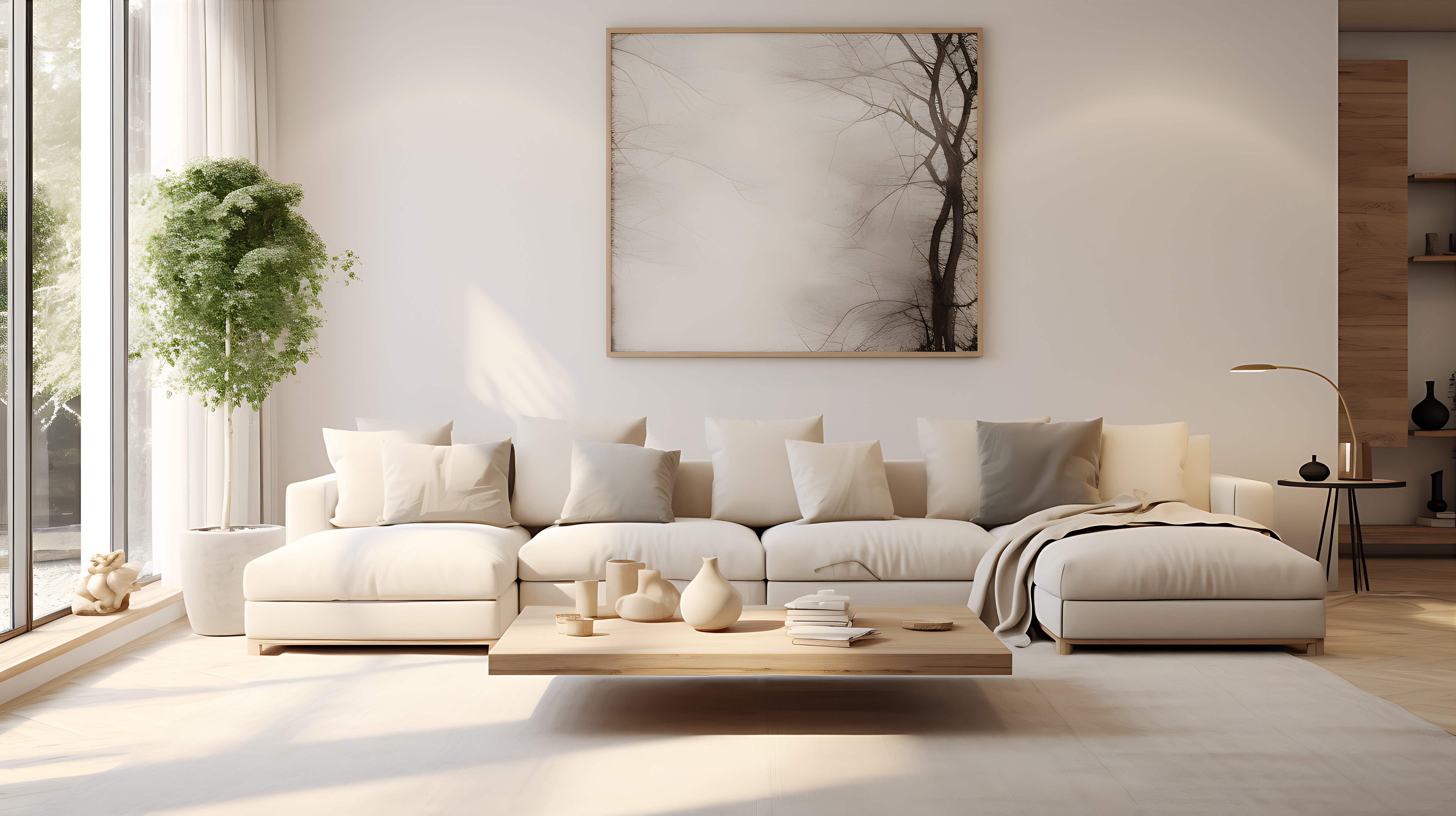
A sofa holds a central position in a living room, defining both its aesthetics and functionality. In Japandi style, which characterizes simple, minimalist design and calm, comfortable vibes, choosing the right sofa is crucial to balance out the living room in its style.
This article explores how you can achieve the perfect ambiance for a Japandi living room through thoughtful considerations in design, materials, and colors of the central furniture, a sofa.
Design
A sofa in Japandi style room must embrace clean lines and minimum decoration. The low back is appropriate and emphasizes the blank spaces to create Japandi moods. Distinctive legs add refinement to the overall look and help make the room appear spacious. Open spaces beneath a sofa create visual space between the sofa and the floor and brighten up the room. All these contribute to give the room an uncluttered look.
At the same time, you should understand the essential functions for your lifestyle and carefully consider the appropriate width and depth of the sofa. How many people will be sitting on this sofa on a regular basis and what will you be using it for? Do you watch TV, read a book for long hours or entertain frequently? Do you like to take naps on the sofa? A great ergonomic design provides adequate support for your back while sitting and promotes comfort and proper posture. These considerations ensure coziness that matches the Scandinavian concept of hygge.
Good sofa examples:
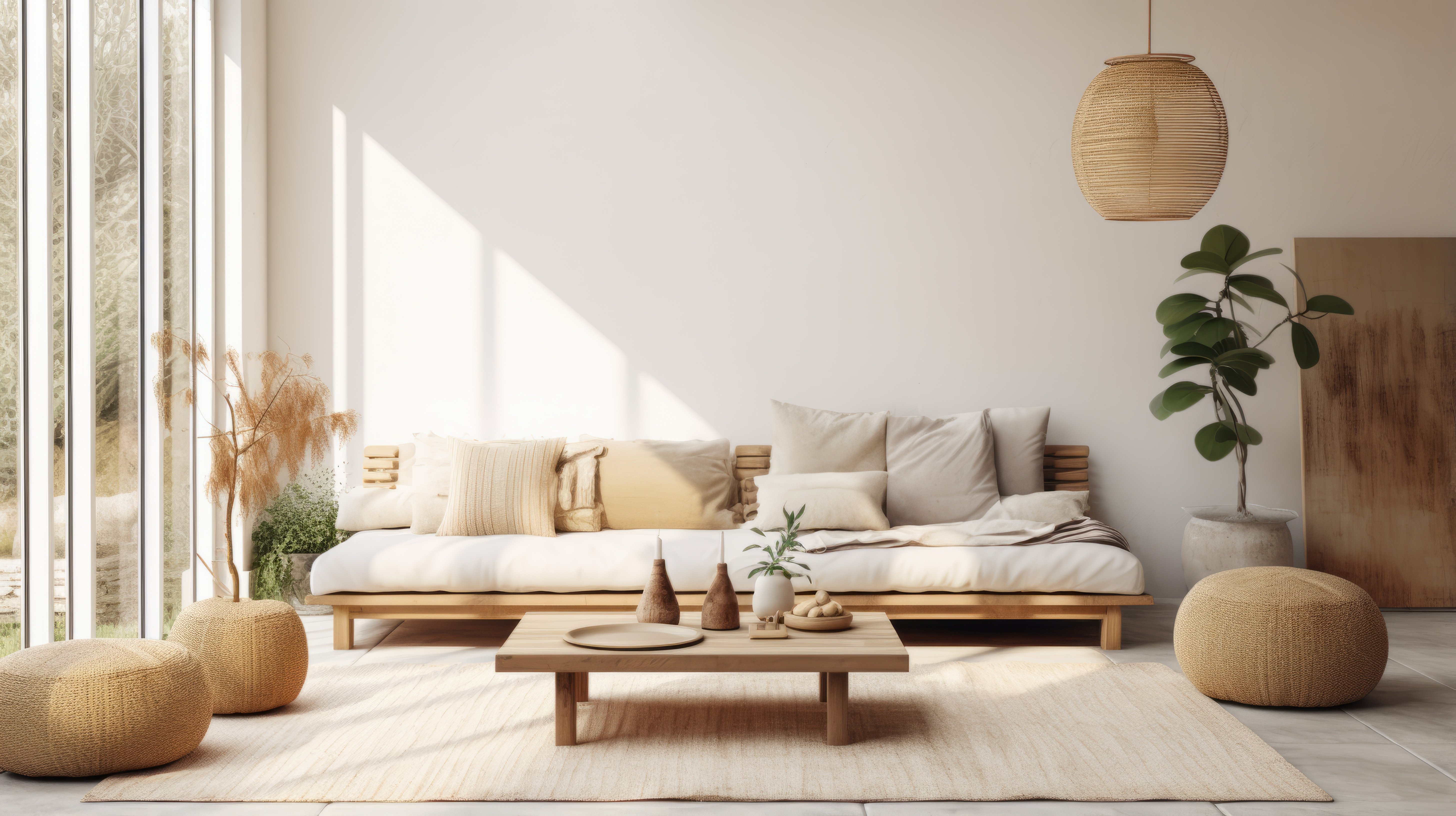
*Low back and open spaces beneath the sofa make a living room appear more open.
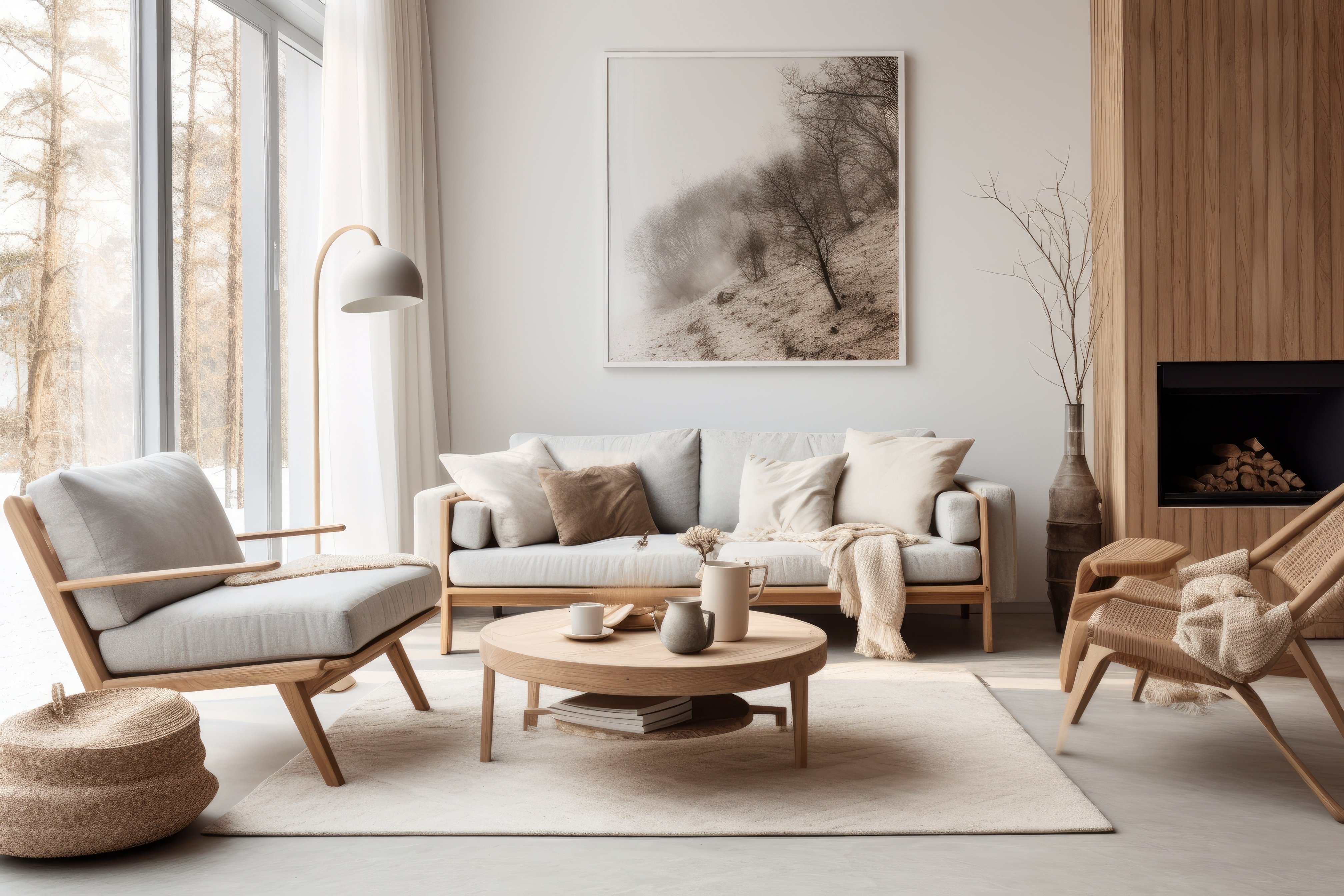
*Ergonomic sofa provides comfort.
Not suitable sofa examples:
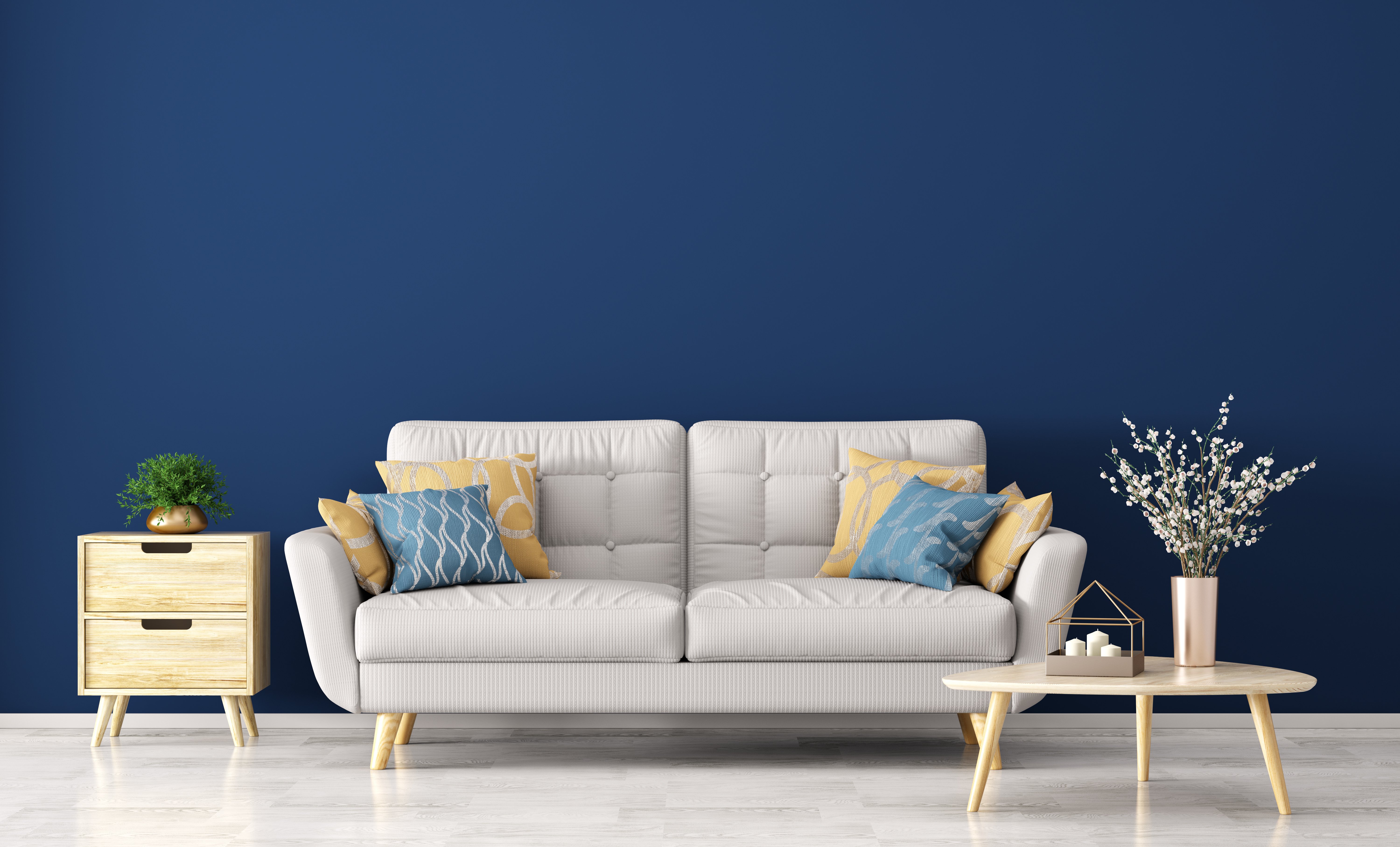
*High back sofas can give a crowded impression and do not promote the sense of openness and serenity.

*Tufted backrest can be too decorative even for a sofa with clean lines and stylish legs.
Materials
It is important to use natural materials to enhance the Japandi interior, as nature is significant in both Scandinavian and Japanese cultures. Materials such as cotton and linen provide comfort and warmth, contributing to the inviting atmosphere of a Japandi living room. Another natural element like a wooden frame is also appropriate for Japandi but it needs some special attention.
Avoid woods with many knots, such as pine, as they can introduce a rustic style that contradicts the uncluttered look of Japandi design. Metal legs can nicely accent the minimalist look of a Japandi room. However, it's advisable to avoid steel-framed sofas in Japandi design as they can diverge from the intended aesthetic and introduce an industrial style that contrasts with the desired warm and welcoming space.
Fabric accessories such as cushions and throw rugs are important to enhance both the nature and comfort of the room, as well as a good opportunity to include different textures for visual interest. Wool, suede, silk, and velvet are good materials for this purpose.
Non-organic materials like vinyl do not fit well for a Japandi style. A plush velvet sofa is soft and luxurious but usually brings with it too much color and shiny texture, so it is difficult for these materials to incorporate a Japandi style.
Good sofa examples:

*Wood and cotton are a great combination for Japandi style sofas
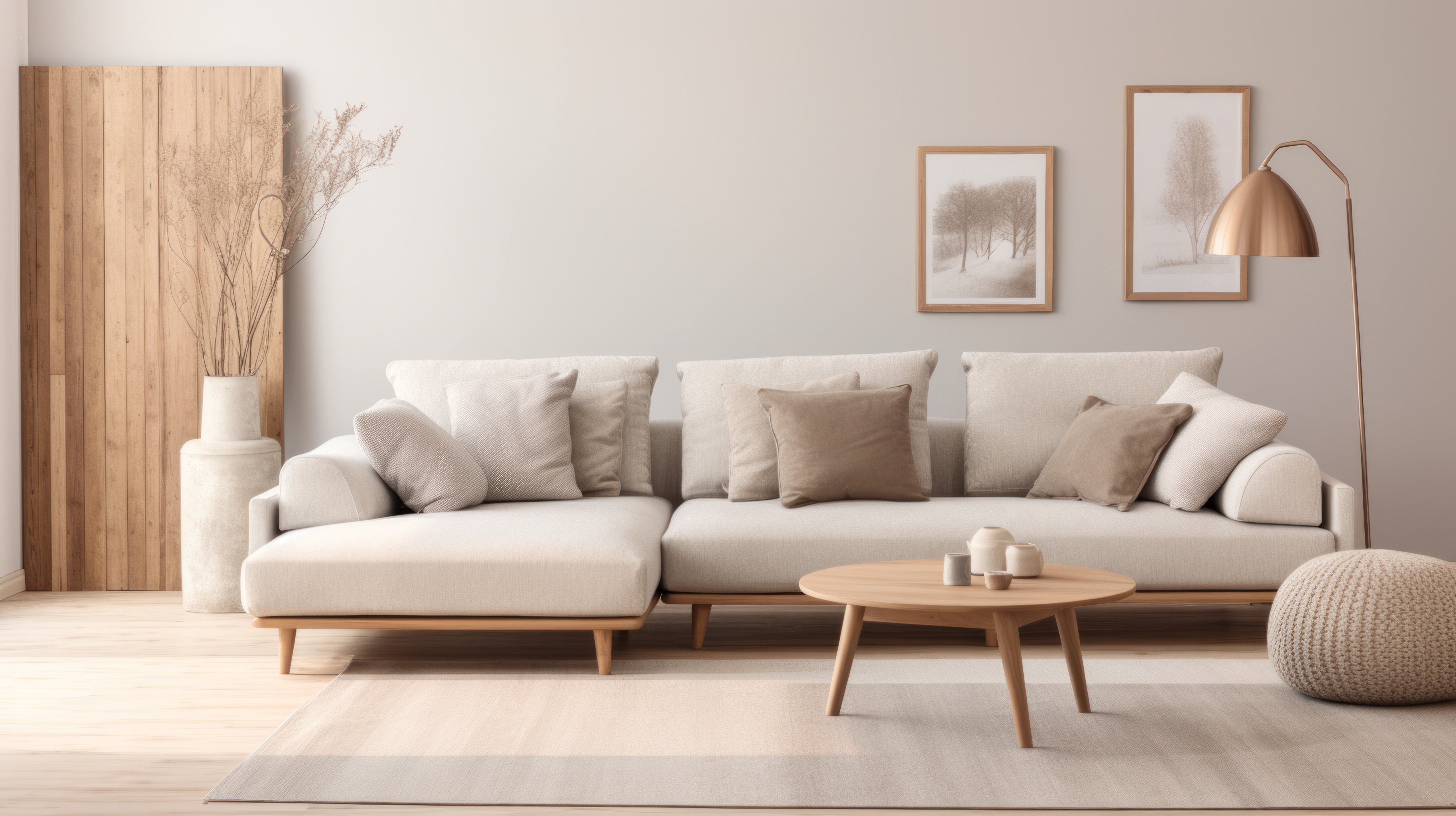
*Fabric sofa and cushions give warmth to the room.
Not suitable sofa example:

*Glossy vinyl, being a synthetic material, can disrupt the desired natural and tranquil atmosphere of Japandi style.
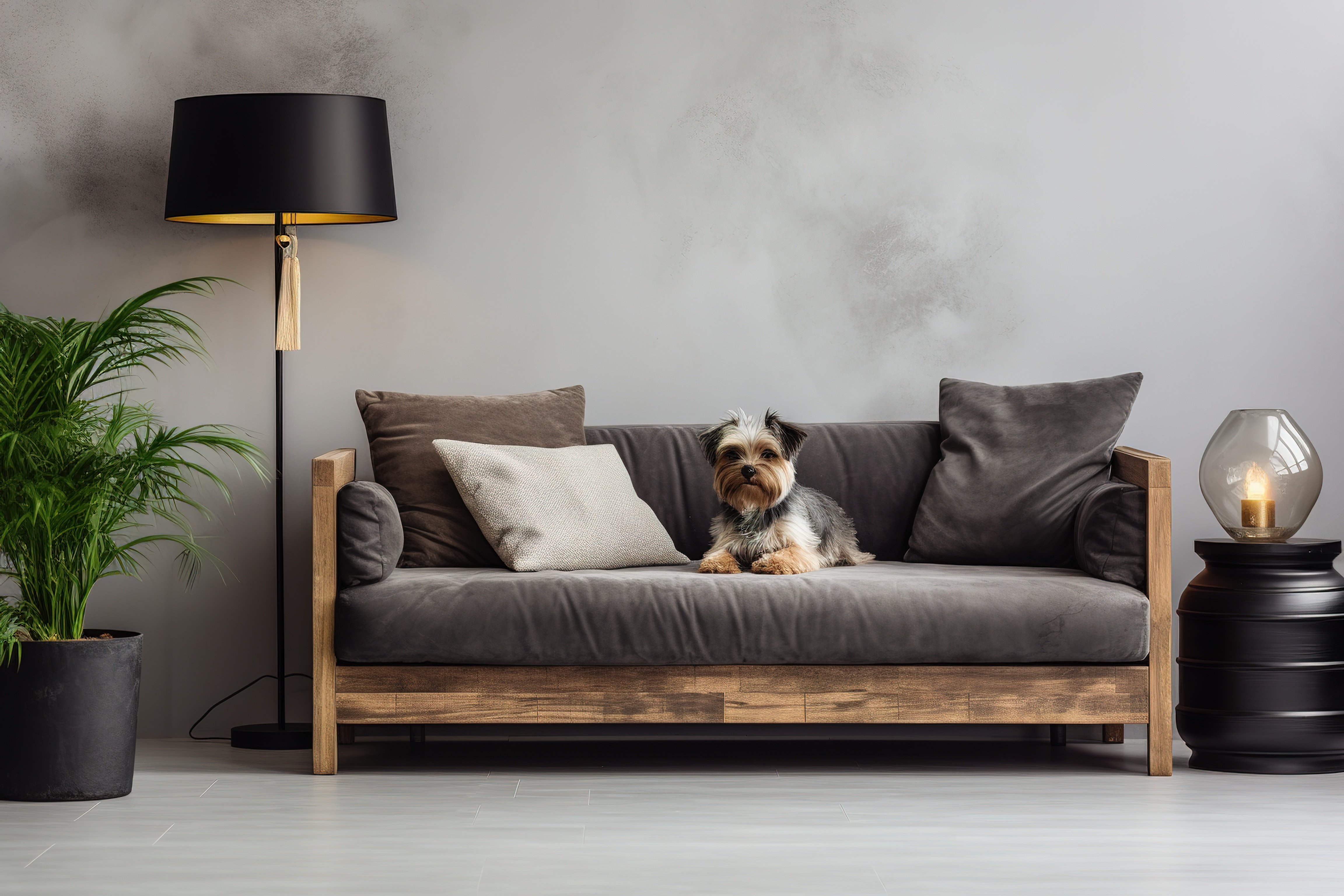
*Woods with pronounced knots and grain patterns does not suit the refined simplicity of Japandi style.
Color
Choose neutral colors like beige, off-white or light grey unless your theme is dark Japandi. These muted colors create a serene and harmonious atmosphere. Consider matching sofa colors with wall colors. It will unify and enlarge the room.
Add in accent pillows and throw rugs for a little touch of color in natural hues such as muted blue, soft green, warm browns and other earthy tones. It will keep a sense of calm and tranquility. You don’t need to be afraid of adding color here, but keep a balance by avoiding strong, vivid contrasts.
Good sofa examples:
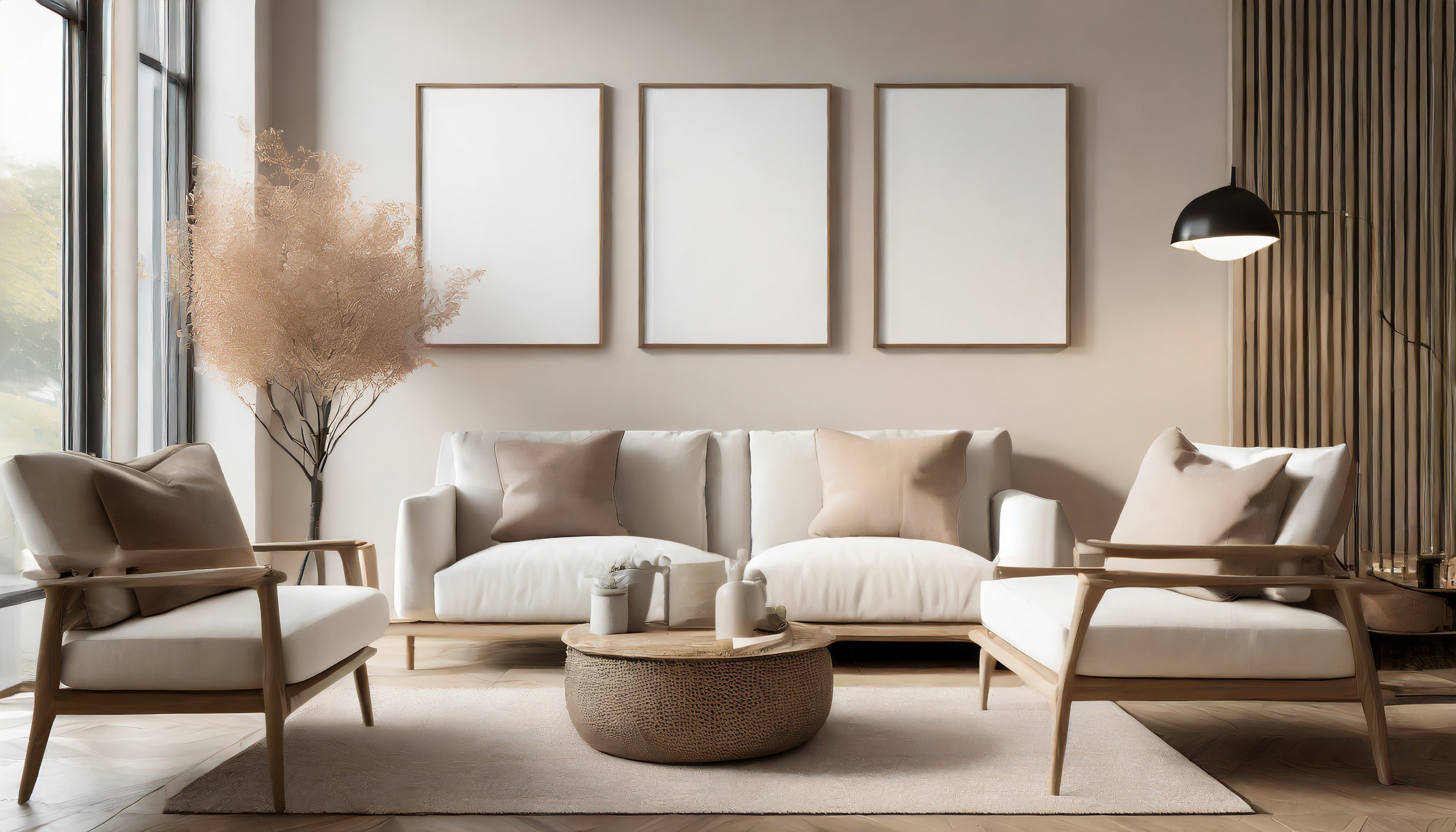
*Muted colors such as off-white and beige easily create a Japandi style living room.
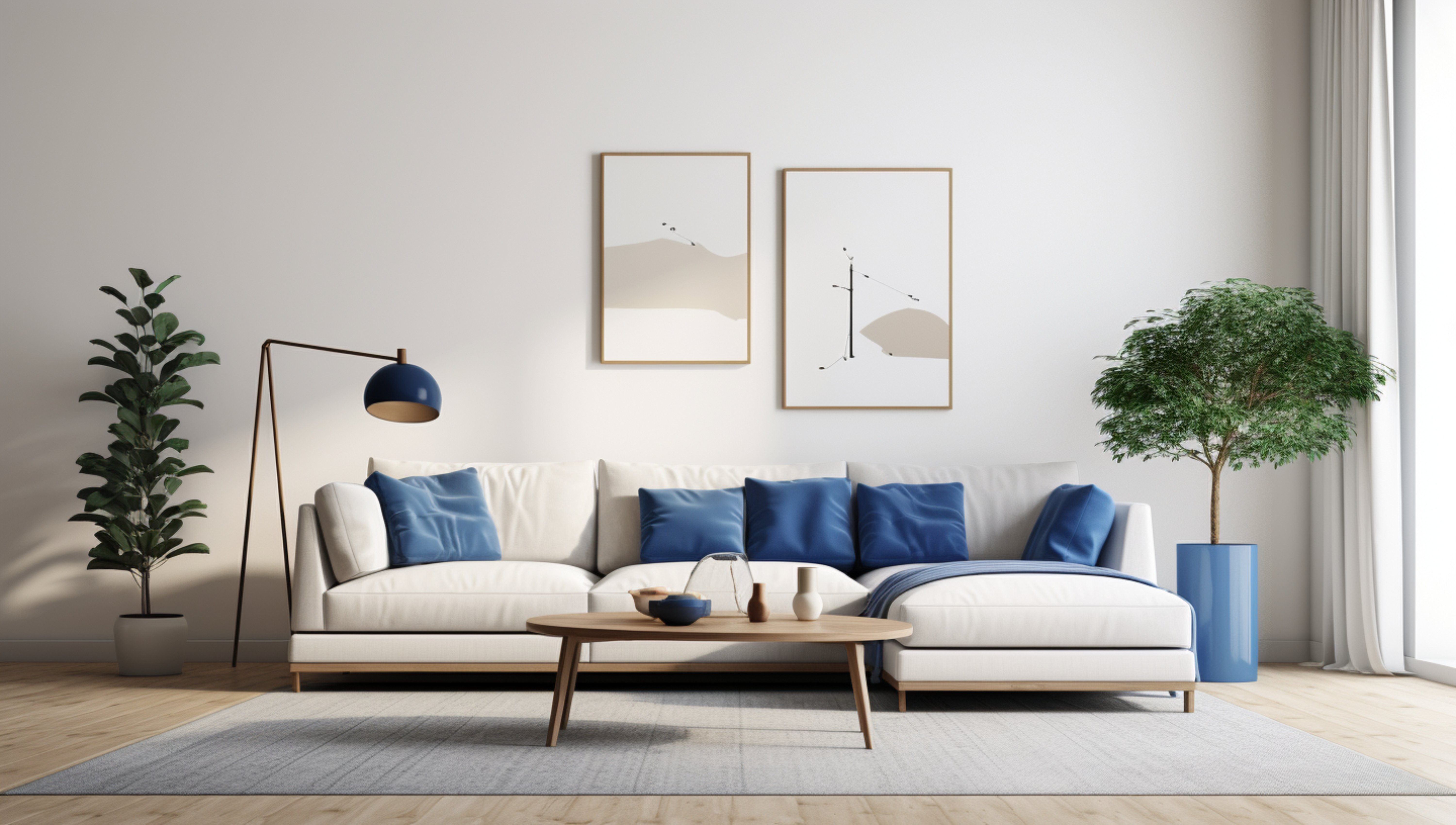
*Accent color in a balanced way will make the room interesting.
Not suitable sofa example:

*This sofa is overloaded with items of too many varied colors.
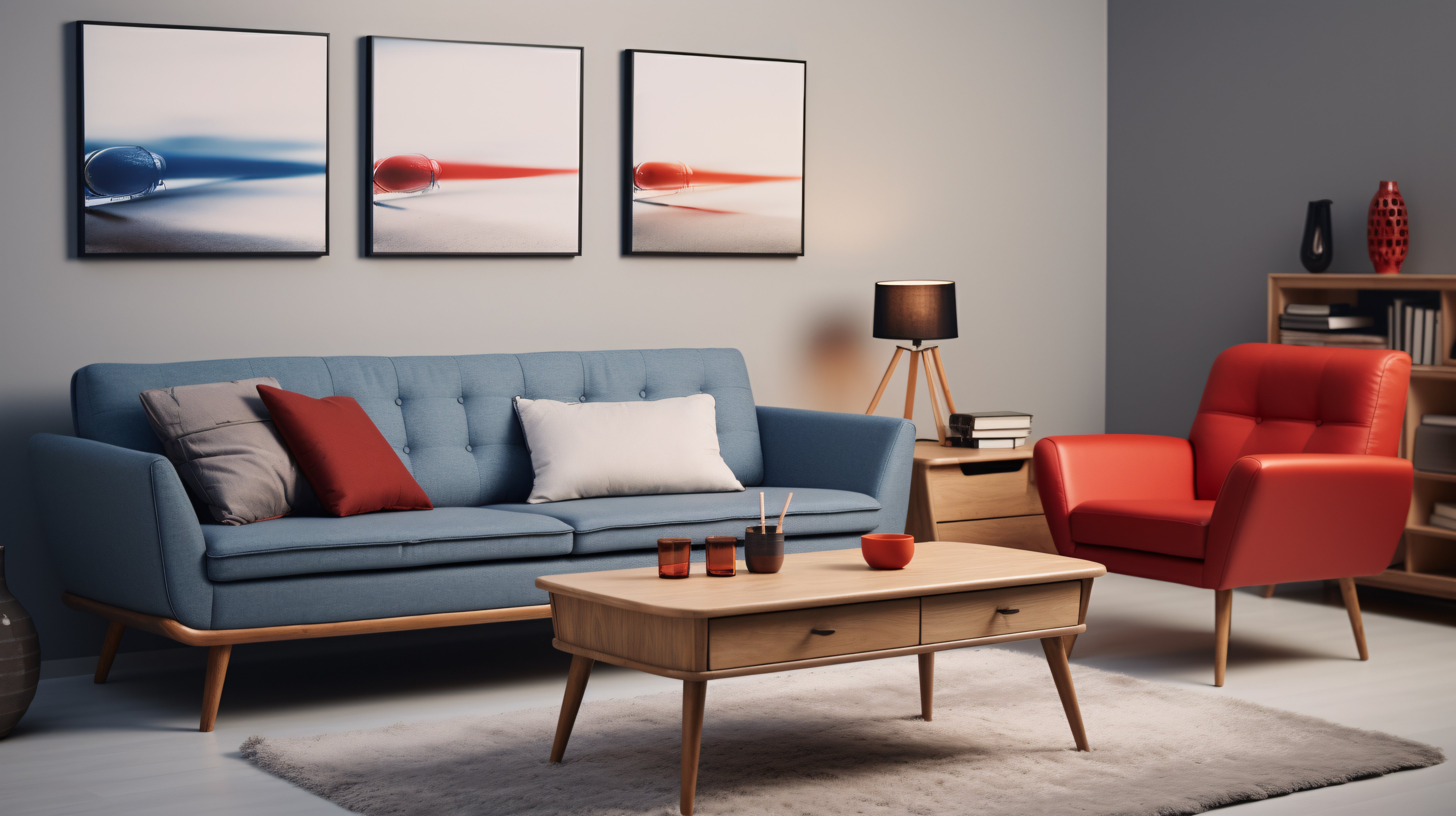
*Strong colored sofas create a contemporary living room but not quite a Japandi one.
Conclusion
To create a Japandi style living room, choosing a sofa involves careful attention to design, materials, and colors. But remember to pay attention to items other than the sofa too.
Maintain a balance and harmony with elements like tables, back wall art prints, and decorations.
To create a Japandi style house, you can read over the basics here

